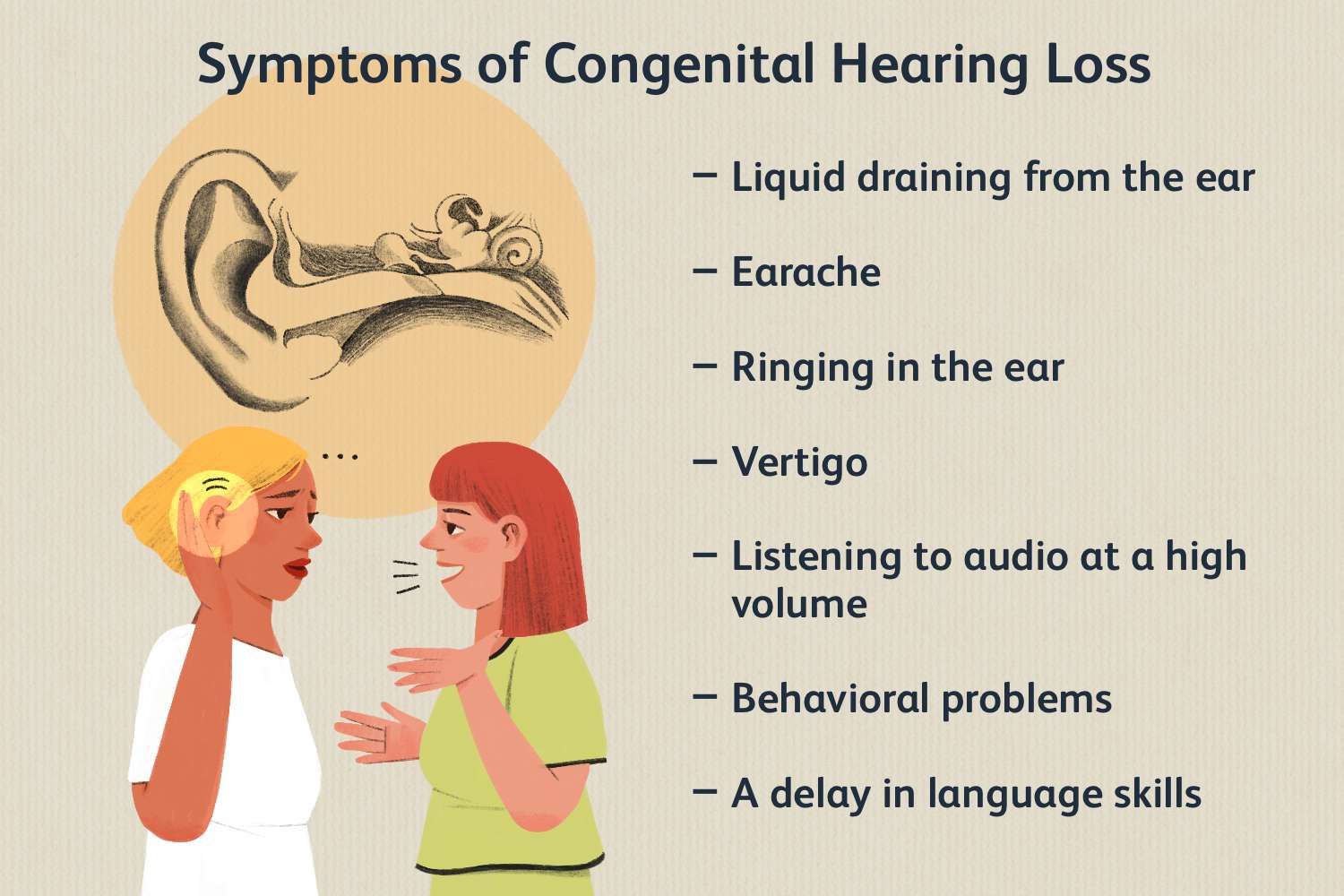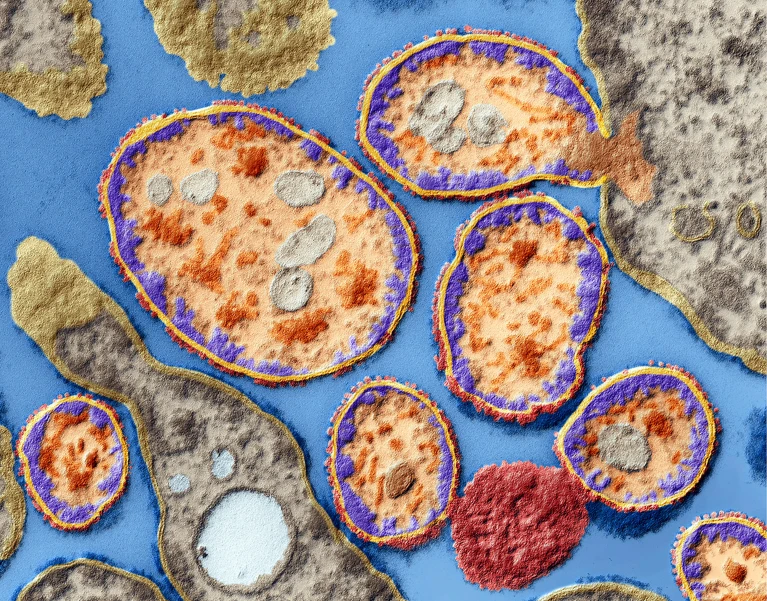
SNHL also known as the Sensorineural Hearing Loss is a very serious global problem, for millions of patients, which is characterized by the impossibility to receive sound signals due to the dysfunction or damage of structural and functional elements of inner ear or neural connections in the auditory system. Other factors which are known to be associated with SNHL include noise exposure and aging, medications and heredity as it is seen that genetics make some people more vulnerable to SNHL than others.
Understanding Sensorineural Hearing Loss
SNHL may occur at birth (congenital) or can develop at any lag in the life span depending on certain factors. It is defined by the inability to hear quiet sounds or speech from a distance, distinguish between similar sounds or speech and hear clearly in noisy places. This type is usually characterized by impairment of the fine structures, such as hair cells in the cochlea or the interruption of the nerve pathways that convey information on sound to the cortex.
Genetics and SNHL: An Overview of System Architecture
Thus, it is apparent that genetics play a large role in SNHL, to the tune of 50–60 percent of congenital childhood hearing loss. These genetic causes can be classified into syndromic and non-syndromic. SNHL is accompanied by other disorders or structural anomalies if it is referred to as syndromic SNHL while, if SNHL is on its own then it is referred to as non-syndromic SNHL.
Types of Genetic Involvement
Syndromic SNHL: It also relates to the syndromal diseases that influence not only hearing but also other organs and systems of the human body. An example is the Usher syndrome, Waardenburg’s syndrome and Pendred syndrome. All these syndromes are characterized by specific gene changes that implicate hearing and other faculties.
Non-syndromic SNHL: The majority of the cases of genetic hearing loss come under this bracket and are characterized by hearing impairment as the initial and most predominant sign. Thus, non syndromic SNHL can be acquired through auto-somal dominant, auto-somal recessive and x-chromosome linked modes. There are several genotypes of hearing loss, but the most frequent is autosomal recessive one: both parents are carriers of the mutated gene, but they do not have the pathology.
Genetic Mutations and Pathways
SNHL can occur at any part of the hearing system because of the genetic mutations that affect the genes carrying the instructions for the formation of the auditory system. These may impair welcomed proteins that are cardinal to the onset, stead or function of hair cells within the cochlea which is the vegetative organ that translates vibrations of sound into electrical impulses that the brains can interpret.
Genetic Testing and Diagnosis
Genetic developments have extended to the diagnosis and treatment of genetic SNHL. It is true that genetic testing enables clinicians to determine particular mutations or genetic variations for hearing loss effectively. This data is also therefore beneficial in anticipating an individual’s hearing threshold temporal changes, recommended management and use in genetic counseling.
Application to the Course of Treatment and Therapy
With a large amount of SNHL’s root causes based on genes, the hope for cure for most patients at the present stage is still possible. Currently, scientists are focused on developing gene therapies which could either fix the specific genetic defects that lead to hearing impairment or provide a sort of ‘work around’ for those defects. These therapies could do so and thus open up prospects of similar genetic SNHL patients regaining or maintaining their hearing abilities.
Counseling and Support
Hearing loss therefore requires genetic counseling as one of the important factors of managing genetic SNHL. Genetic counselors assist in the definition of the inheritance of hearing loss, in determining the risks of transmission to next generations and counsel for reproductive strategies. Counseling also includes the provision of support in case the family or the patient decides to go for a genetic test and other issues to do with family planning.
Thus, it can be concluded that heredity has a great influence on the development of SNA. This paper outlines how genetic discoveries and technologies have improved the diagnosis, treatment, and counseling of SNHL. However, the difficulties are still present, and further research offers hope for the development of drugs in the future that can reduce or, in some cases, eliminate the effects of genetic hearing loss.
Mr. Raja S. is a renowned Audiologist, as well as the Founder & Managing Director of Hearzap.















